What to do with daffodils after flowering to ensure generous returning blooms next spring
Gardening experts reveal all you need to know to ensure bountiful blooms
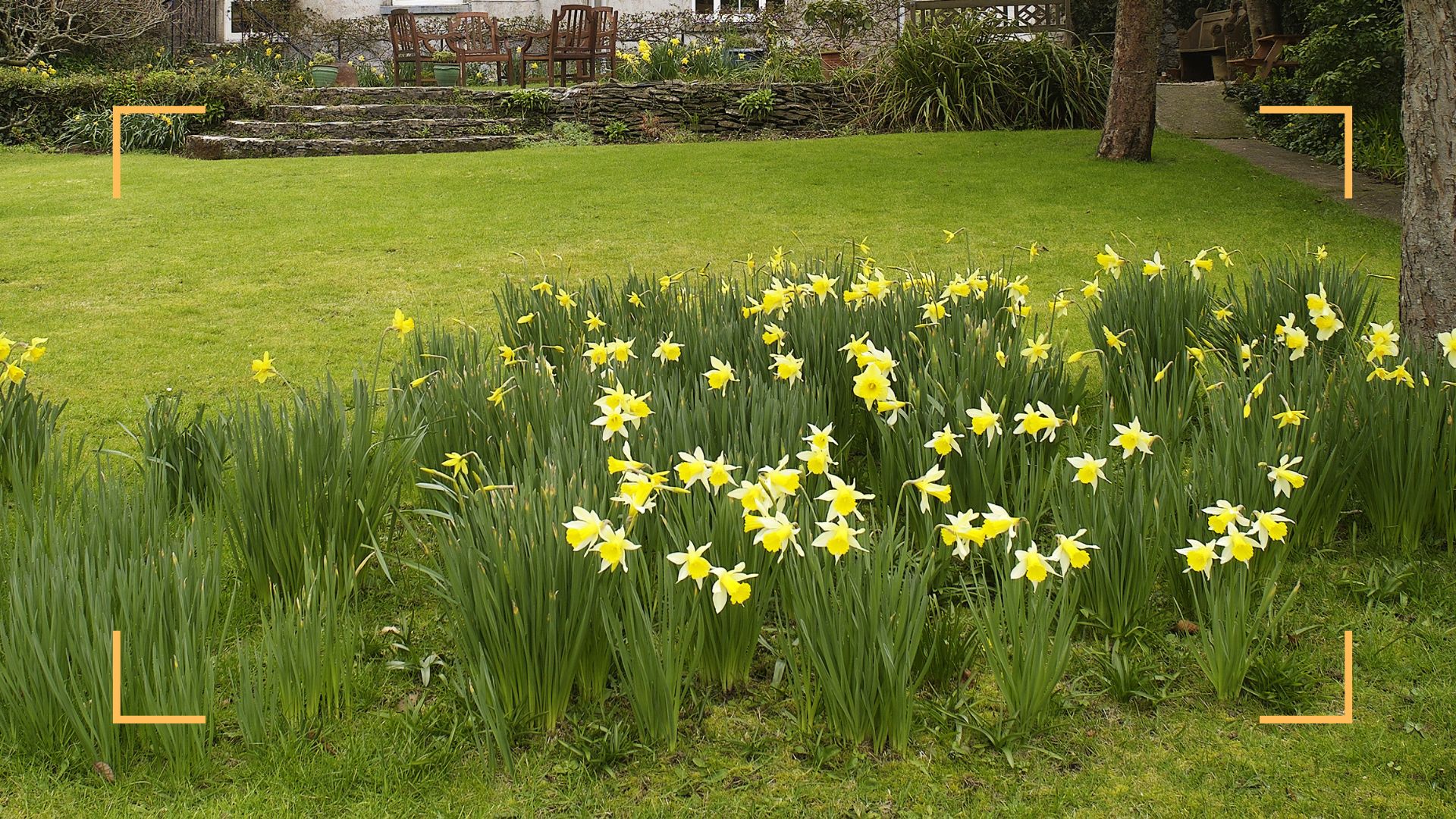

Daffodils are an iconic symbol of spring, as their stunning display of yellow petals and trumpets create a canvas of uplifting sunny colour to revive post-winter gardens.
These signature yellow flowers are a timeless garden trend that signifies the first signs of spring. These gloriously low-maintenance showstoppers flower between February and May, depending on the weather, and will flower for up to 6-8 weeks – adding vibrant colour to your garden beds, borders and pots. But what do you do with daffodils after flowering?
Should you cut them back or does this damage the prospect of them flowering next year, similar to when pruning roses?
To gain better insight we've consulted leading gardening experts to obtain the best advice on what to do with daffodils after flowering to ensure they return year after year more glorious than the last.
What to do with daffofils after flowering: expert advice
Once the yellow flowers begin to wither the best option is to deadhead them but keep the foliage. TV's gardening expert Alan Titchmarsh explains how to do this in his advisory Instagram video.
"Daffodils are lovely when they're in bloom but when they go over they do look rather sad and tatty, and they make the garden look messy and not very nice," Alan explains. "The easiest thing to do, with your thumb and your finger, pinch off the heads with the seed pods to save the plants energy and bung them on your compost heap."
Alan then goes on to say that under no circumstances should you chop or tie the remaining leaves. In agreement with this is gardening expert Sarah Raven, who says: "To effectively deadhead daffodils, make sure you cut the stem above the leaves. Don’t remove the foliage immediately; leave it for at least six weeks after flowering as this will help next year’s flowers."
Sign up for the woman&home newsletter
Sign up to our free daily email for the latest royal and entertainment news, interesting opinion, expert advice on styling and beauty trends, and no-nonsense guides to the health and wellness questions you want answered.
“You should deadhead daffodils once they have flowered (but only the heads), as this will divert their energy into building up food reserves in the bulb rather than for seed production," she explains.
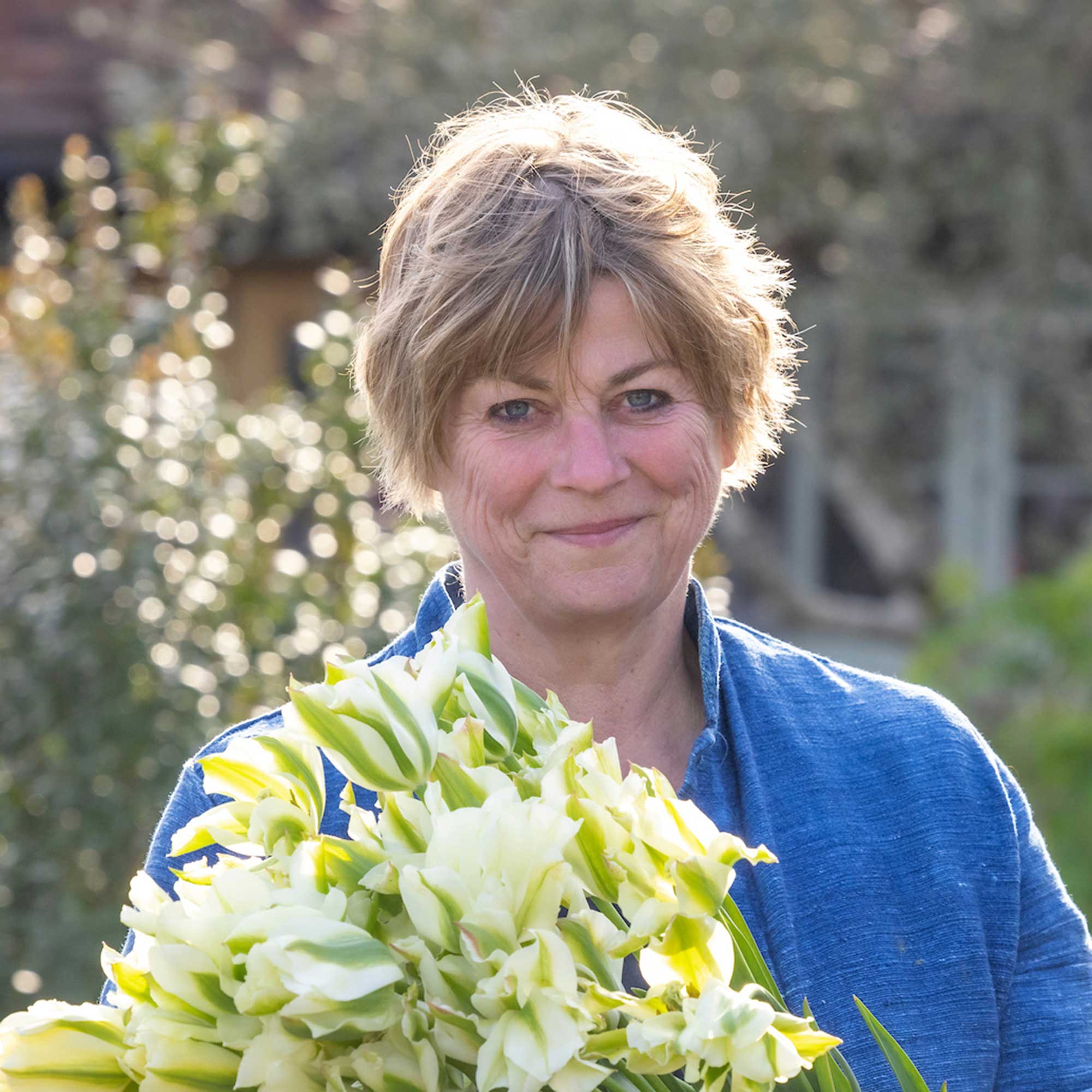
Since the publication of her first book, The Cutting Garden, Sarah has led the way in introducing a new kind of productive gardening. Her aim is to create intense colour and beauty, combined with a practical and easy-to-achieve approach. Her popular gardening podcast Grow, Cook, Eat, Arrange has achieved 4.1 million downloads. She’s published 15 books and runs Sarahraven.com.
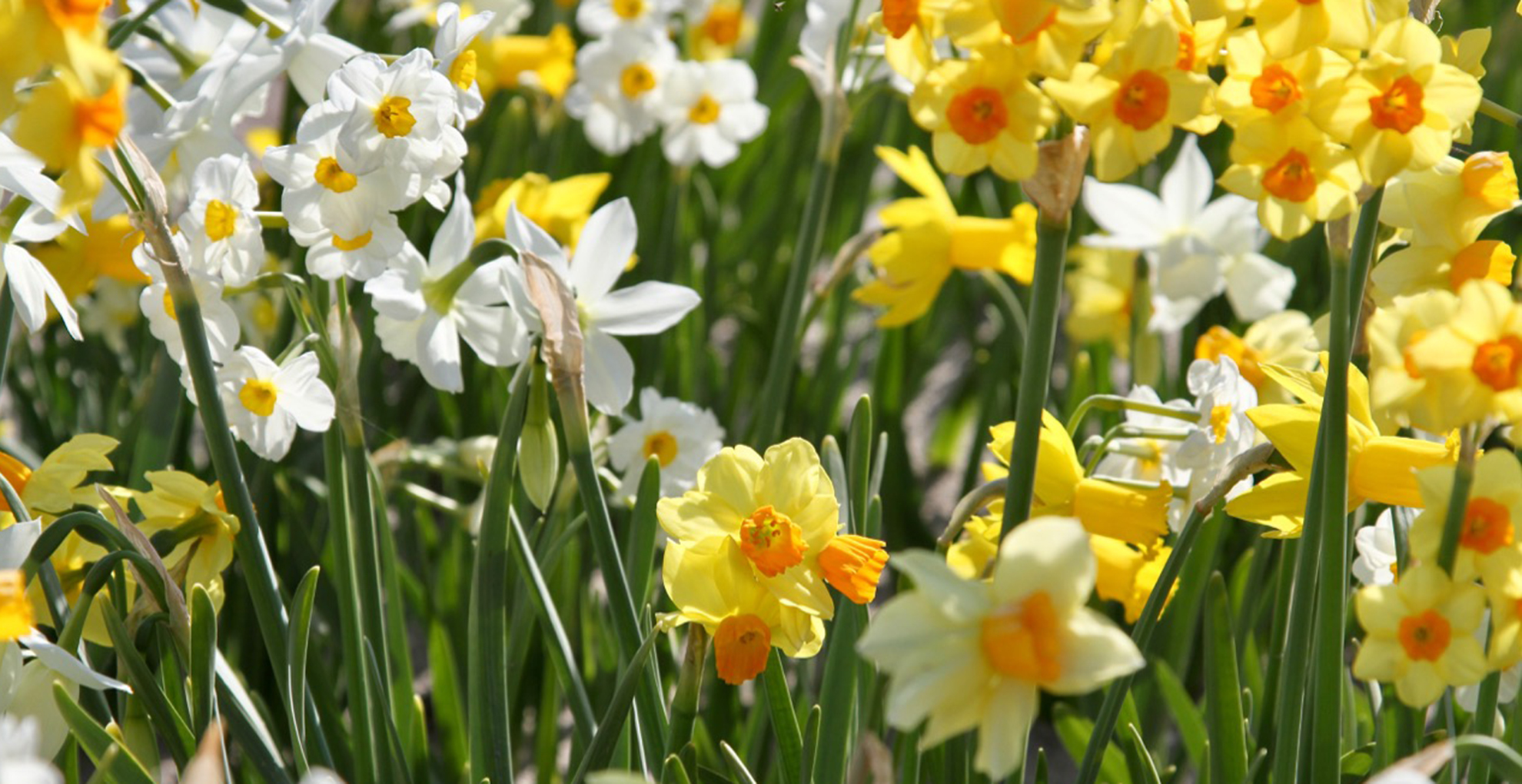
Julian Palphramand, head of plants at British Garden Centres, explains how and why the leaves act to preserve bulbs for better growth next spring. He says: "Daffodil leaves continue to photosynthesise and store energy in the bulb for next year. We recommend deadheading the flowers once this process is finished as this encourages the daffodil plant to focus on storing energy in the bulb for next year's blooms."
"Allow the foliage to die back naturally," stresses Julian also. "We have seen some tie the foliage, but we do not recommend this, just leave the leaves to turn yellow about 6 weeks after flowers have ended and then cut or mow if in the lawn." Failing to do so could be a lawn care mistake waiting to happen.
As Sarah warns, "Mowing daffodil foliage too early is the most common cause of blind, non-flowering bulbs so I always allow the leaves to die back naturally."
To help give your daffodil stems the best source of nutrients it's advisable to continue to a regime of regular watering and a feed of nutrient-rich fertiliser. Despite there being no flowerheads these simple jobs are still beneficial because as we've touched on, it's valuable to the health of next year's growth – a similar story when maintaining and pruning hydrangeas.
Once the remaining foliage has started to yellow and die off it's time to stop feeding and watering and finally cut them back appropriately.
Grab yourself a set of lightweight secateurs, an essential garden tool every gardener needs, to tackle the job.
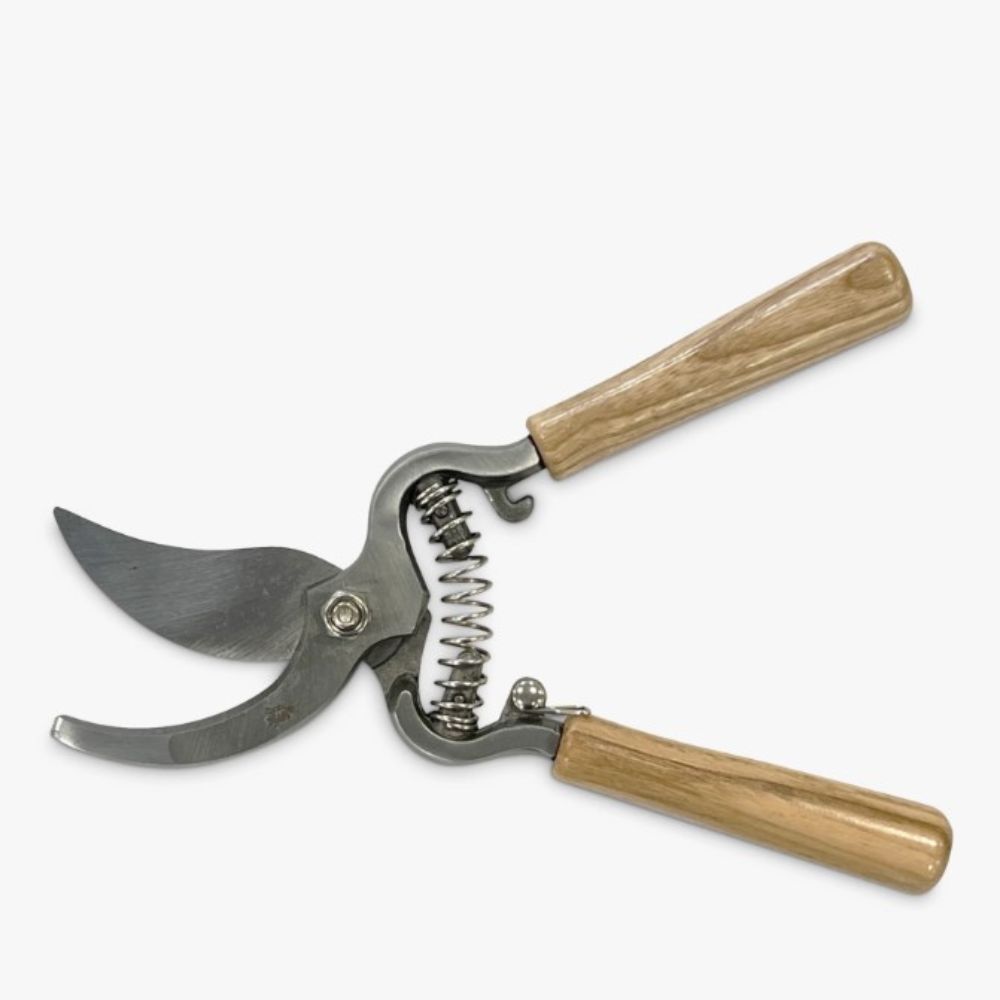
RRP: £22.99 | This set of professionally-designed secateurs are ideal for cutting the green stems to a satisfyingly sharp finish to ensure your garden looks neat and tidy. The traditional wooden handles also make the tool as stylish as it is practical.

RRP: £7.49 | This all-purpose plant food is a organic liquid plant food that aims to deliver sufficient nutrients to help plants grow twice as big, organically.
Do you cut back daffodils after they bloom?
As our experts have already explained patience is key when it comes to cutting back daffodils after they bloom, to ensure a more bountiful crop next year.
As w&h's resident garden writer Holly Crossley explains: "While it can be tempting to cut the leaves back straight after they have finished flowering, for a neater appearance. But, it’s important to wait for them to turn yellow and die back naturally before you snip them off.
This will allow them to continue feeding the bulbs below, which will help them bloom beautifully again next year. You can, however, deadhead just the spent flowers with a clean and sharp pair of secateurs."
When cutting the foliage back you can take it right down to the ground if you wish, as there is no source of benefit to the plant being left above ground after the six weeks is up – the bulbs have taken all the vital nutrients by this point.
Similar to pruning buddleia or pruning clematis it's all about knowing what is best for the plant to ensure you don't halt its future growth potential
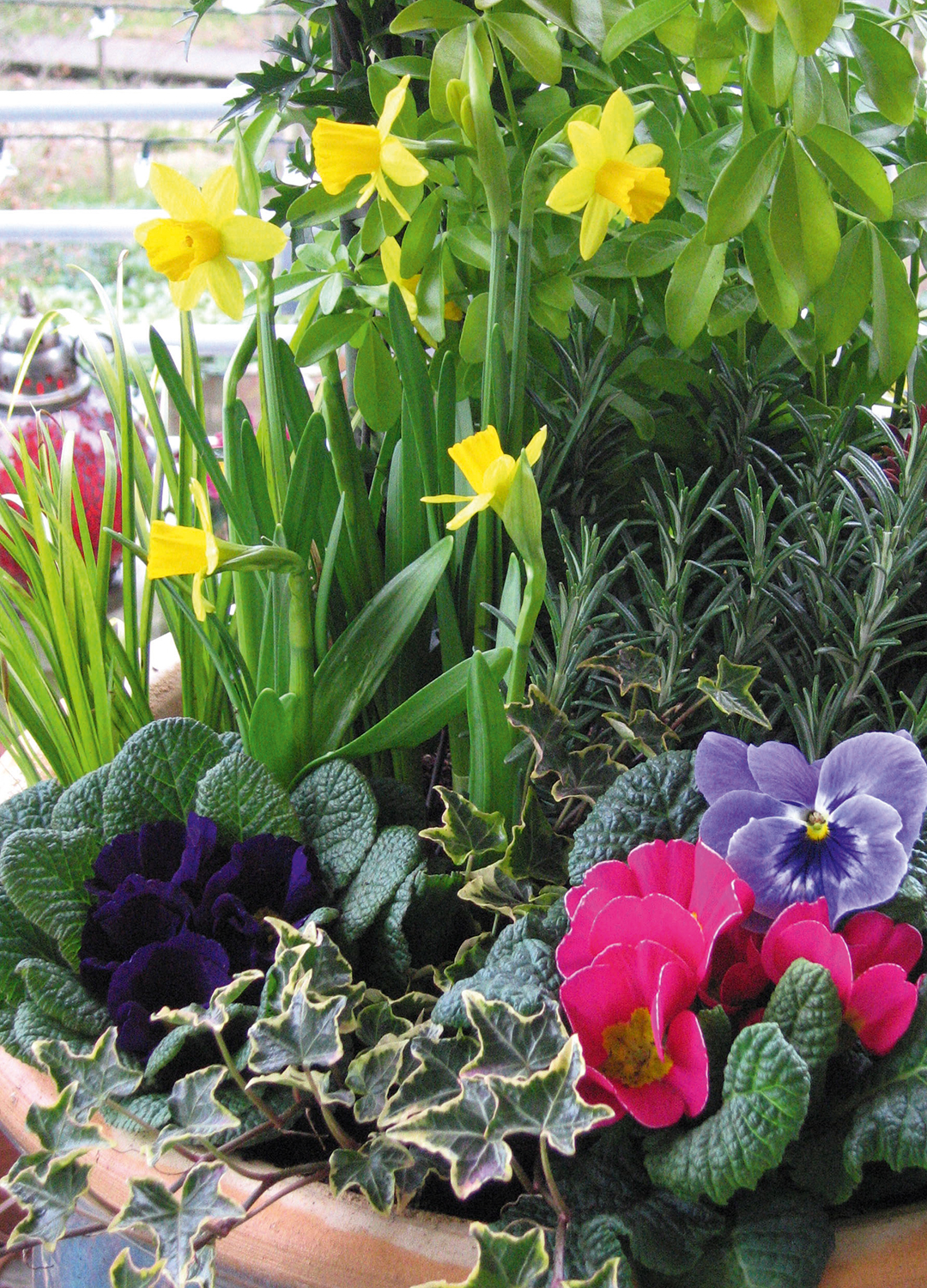
FAQs
Can you leave daffodil bulbs in the ground all year?
“Daffodil bulbs can stay in both the ground and pots all year round for many years consecutively," says Sarah. "They are hardy perennial bulbs, so with proper planting and care they will clump up and produce new blooms year after year.”
"Daffodils are perennial plants, meaning they can survive the winter cold and grow for multiple years as long as they're planted in well-draining soil," adds Julian.
"Just make sure to give them enough space to spread out, as the bulbs will multiply over time and may need some breathing space. If daffodils become congested or grow “blind” (no flowering), we recommend digging the bulbs up and dividing them, before planting again."
Leaving daffodil bulbs in your garden borders means they should flower again next spring for a beautiful seasonal display.
It's worth looking after your soil by using bananas in your garden or orange peel in your garden to enrich the nutrient content to help keep your beds well-maintained for future plant growth.
Daffodils are one of the most prominent flowers in spring gardens, alongside the new wildflower garden border trend it's an easy way to inject flowerbeds and borders with all the colours of the rainbow – and what's not to love about that?

Tamara is a highly experienced homes and interiors journalist with a career spanning over 22 years. Now the Lifestyle Editor of womanandhome.com, she previously spent 18 years working with the style teams at Country Homes & Interiors and Ideal Home. With these award-winning interior teams, she gained a wealth of knowledge and honed her skills and passion for styling and writing about every aspect of lifestyle and interiors.
A true homes and interiors expert, Tamara has been an ambassador for leading interior brands on multiple occasions, including appearing on Matalan’s The Show and presenting at top interior trend forecasting events such as the Autumn Fair and Spring Fair.
-
 Scarlett Johansson's fisherman sandals are the only shoes that matter this spring
Scarlett Johansson's fisherman sandals are the only shoes that matter this springShe wore socks and sandals in the chicest way possible
By Caroline Parr Published
-
 Yes, a trench coat really is a spring essential - Olivia Colman’s longline one completes a jeans and white top outfit in style
Yes, a trench coat really is a spring essential - Olivia Colman’s longline one completes a jeans and white top outfit in styleRegardless of how you style a trench coat, we’re convinced that they’re something everyone should have in their wardrobe for spring.
By Emma Shacklock Published